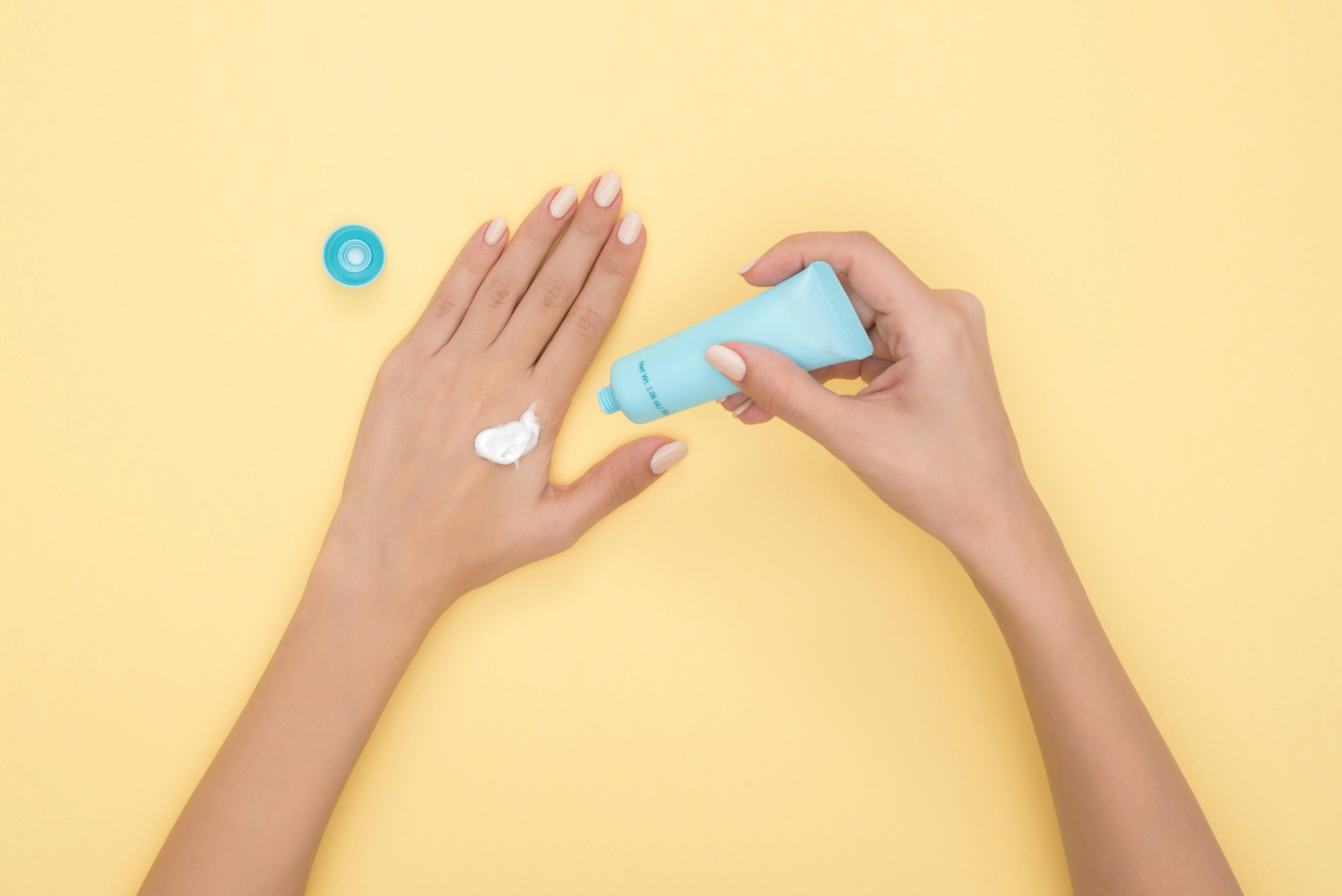Essential tools and how to use them for precise nail upkeep
Precise nail upkeep depends on a small set of reliable tools and consistent technique. This article outlines essential items, explains how to use them safely, and highlights maintenance steps—covering shaping, filing, buffing, cuticle care, sanitization, polish removal, and aftercare to support nail strength and appearance.

High-quality upkeep of nails relies on the right tools used with steady technique and attention to hygiene. A basic toolkit—clippers, files, buffers, cuticle tools, polish and removers, and simple moisturizers—lets you shape, maintain strength, and extend the life of polish while protecting skin and nail beds. Understanding correct motion, pressure, and sequencing reduces damage and supports longer-term nail health with consistent grooming and aftercare routines.
This article is for informational purposes only and should not be considered medical advice. Please consult a qualified healthcare professional for personalized guidance and treatment.
Grooming essentials for nails
A clean, organized set of tools is the foundation of effective grooming. Clippers or nail scissors trim length, while a range of files (coarse to fine grit) refines edges. A buffer smooths ridges before polish. Add a cuticle pusher and nipper for tidy edges and a separate brush for under-nail cleaning. Keep small bottles of nail polish remover, a basic cuticle oil, and a hand cream nearby for hydration and maintenance. Store tools in a dry pouch and replace single-use items regularly.
How to shape and file correctly
Shaping and filing determine both appearance and structural health. Choose a file grit appropriate to your nail type: 180–240 grit for natural nails avoids excessive thinning. File in one direction from the outer edge toward the center to prevent splitting; avoid a back-and-forth sawing motion. For shaping, start with a square or soft-oval outline and refine to the final shape. Light, even strokes with minimal pressure reduce stress on the free edge and help maintain strength over time.
Buffing and polish techniques
Buffing creates a smooth base for polish but should be done sparingly to avoid weakening nails. Use a four-step buffer gently: clean, smooth, refine, and shine, spending only a few strokes per nail. When applying polish, begin with a base coat designed to protect and add adhesion, apply thin layers of color, and finish with a top coat for shine and durability. Allow each layer to dry sufficiently before the next to prevent lifting and ensure a longer-lasting finish.
Cuticles and hydration care
Cuticle care supports a healthy nail matrix and appearance. Soften cuticles first with a warm soak or an oil-based remover, then use a soft pusher to gently nudge cuticle tissue back—avoid forceful cutting except when a hangnail requires careful trimming with sanitized nippers. Regular hydration with cuticle oil and hand cream helps prevent splitting, peeling, and brittle nails. Hydration also supports flexibility and reduces the likelihood of cracks under stress.
Sanitization and safe removal
Sanitization prevents infection and protects nail integrity. Clean tools with soap and water, then disinfect with alcohol (60–90%) or a hospital-grade sanitizer between uses. For salon visits, confirm tools are sterilized or single-use. For polish removal, use an acetone-based remover for durable finishes and a non-acetone remover for delicate or artificial nails; work over a protected surface and moisturize afterward to restore lost oils. When removing enhancements, follow manufacturer or professional guidance to avoid aggressive peeling or prying.
Aftercare for strength and longevity
Aftercare keeps nails strong and prevents recurring damage. Rotate periods of polish-free time to let nails recover, and use strengthening treatments sparingly—overuse can mask underlying issues. Maintain a protein- and moisture-supporting routine: cuticle oil, light hand massage, and targeted treatments that contain strengthening ingredients. Protect hands during chores with gloves, avoid using nails as tools, and trim regularly to manage length and reduce breakage. Monitoring nails for persistent changes in color, texture, or pain can indicate the need for professional assessment.
Conclusion A focused set of tools and consistent, gentle techniques support precise nail upkeep and long-term nail strength. Prioritize correct shaping and filing, careful cuticle and hydration routines, appropriate buffing and polish practices, and reliable sanitization. With attention to aftercare and safe removal, you can maintain neat, resilient nails while minimizing damage and supporting overall hand health.





